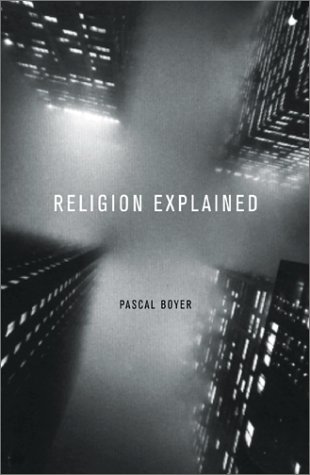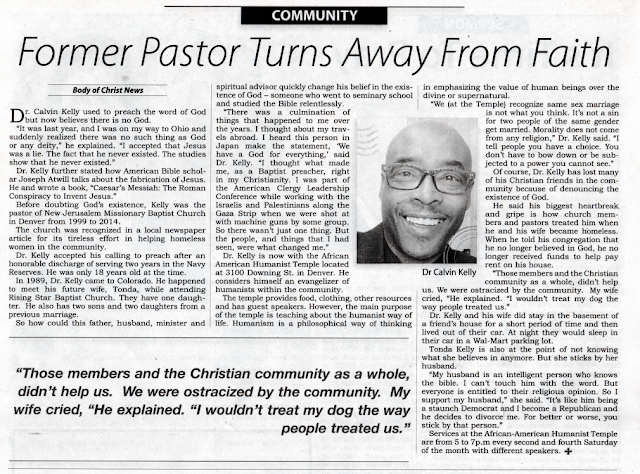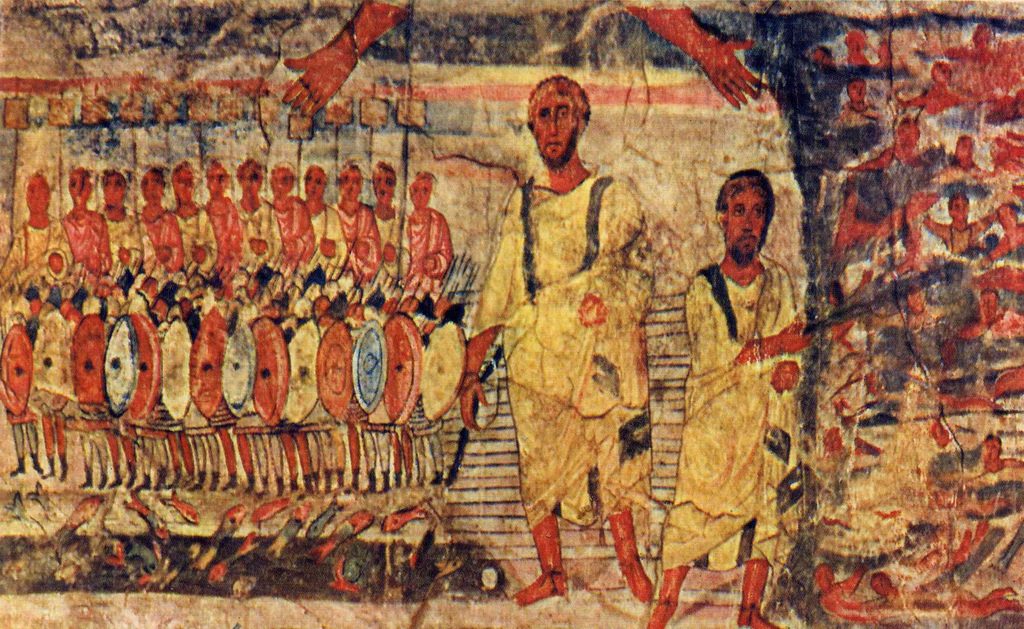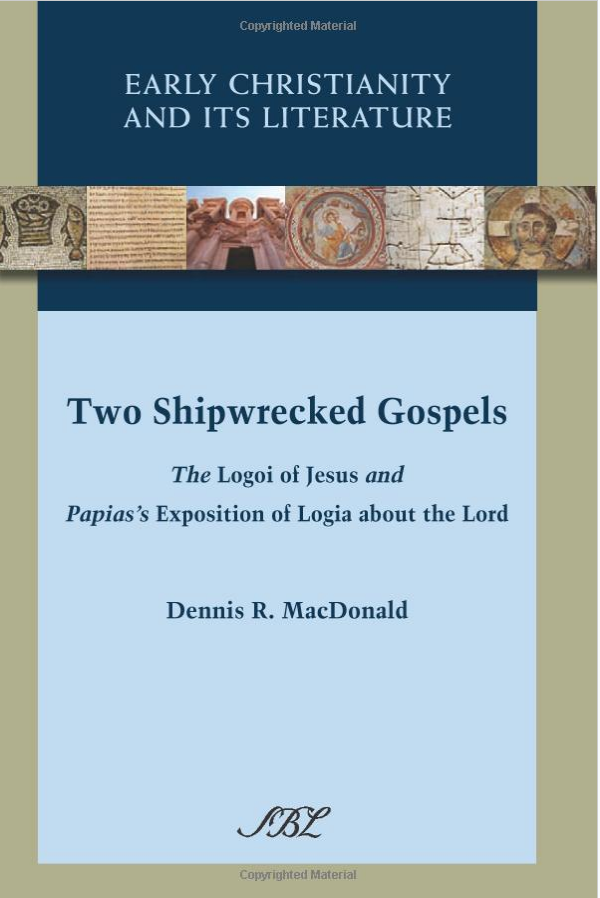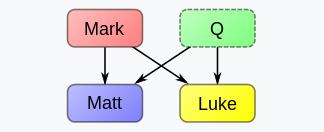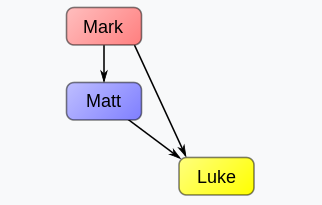
Professor of New Testament Shelly Matthews has a different take on the Gospel of Luke. Different, that is, from one that I have for a long time generally embraced on this blog. I have written positively before about Shelly Matthew’s work and find myself doing so once more here. This time I am discussing her article in the Journal of Biblical Literature last year, Fleshly Resurrection, Authority Claims, and the Scriptural Practices of Lukan Christianity.
Why Stress the Flesh of the Resurrection Body?
Unlike the earlier gospels Mark and Matthew, Luke 24 focuses readers’ attentions on the fleshly nature of Christ’s resurrection body:
39 Look at my hands and my feet. It is I myself! Touch me and see; a ghost does not have flesh and bones, as you see I have.”
40 When he had said this, he showed them his hands and feet. 41 And while they still did not believe it because of joy and amazement, he asked them, “Do you have anything here to eat?” 42 They gave him a piece of broiled fish, 43 and he took it and ate it in their presence.
The Gospel of John is usually understood in a similar vein, not least because of the following scene in the 20th chapter:
27 Then he said to Thomas, “Put your finger here; see my hands. Reach out your hand and put it into my side. Stop doubting and believe.”
But as Matthews points out, Luke and John have quite different purposes for their respective body of flesh scenes. The fourth gospel uses the physical wounds of Jesus as identifying marks so that Jesus can know who is standing in front of him: it really is Jesus who was crucified by being nailed to the cross and then speared in the side.
The need for Thomas to see the wounds may be a Johannine employment of a common topos in Greek literature evident as early as the Homeric tradition—as with Eurykleia in the Odyssey, who does not recognize Odysseus until she has touched his scar. Yet the high point of the recognition scene is not Jesus’s affirmation that the body demonstrated to Thomas is fleshly but rather a rebuke of faith that requires sight. Thomas sees the wounded Jesus and confesses, “My Lord and my God,” to which Jesus responds, “Have you believed because you have seen me? Blessed are those who have not seen and yet believe” (20:29). (Matthews, p. 168)
Contrast Luke’s focus on demonstrating that Jesus’ body is flesh, just as it was before he was resurrected:
37 They were startled and frightened, thinking they saw a ghost. 38 He said to them, “Why are you troubled, and why do doubts rise in your minds? 39 Look at my hands and my feet. It is I myself! Touch me and see; a ghost does not have flesh and bones, as you see I have.”
40 When he had said this, he showed them his hands and feet. 41 And while they still did not believe it because of joy and amazement, he asked them, “Do you have anything here to eat?” 42 They gave him a piece of broiled fish, 43 and he took it and ate it in their presence.
In John 21 Jesus does not eat the fish but distributes it among his disciples. In Luke 24 Jesus eats the fish to prove he is a fleshly body.
The question that follows, of course, is why would Luke want to make such a point.
Matthews’ answer is that the author of the third gospel is using the fleshly body of the post resurrection Jesus as a vital element in establishing the supreme authority of the twelve apostles against others (various visionaries such as Mary and Paul) who were looked to as authorities in his day.
Details to follow.
Matthews, S. (2017). Fleshly Resurrection, Authority Claims, and the Scriptural Practices of Lukan Christianity. Journal of Biblical Literature, 136(1), 163–183.


